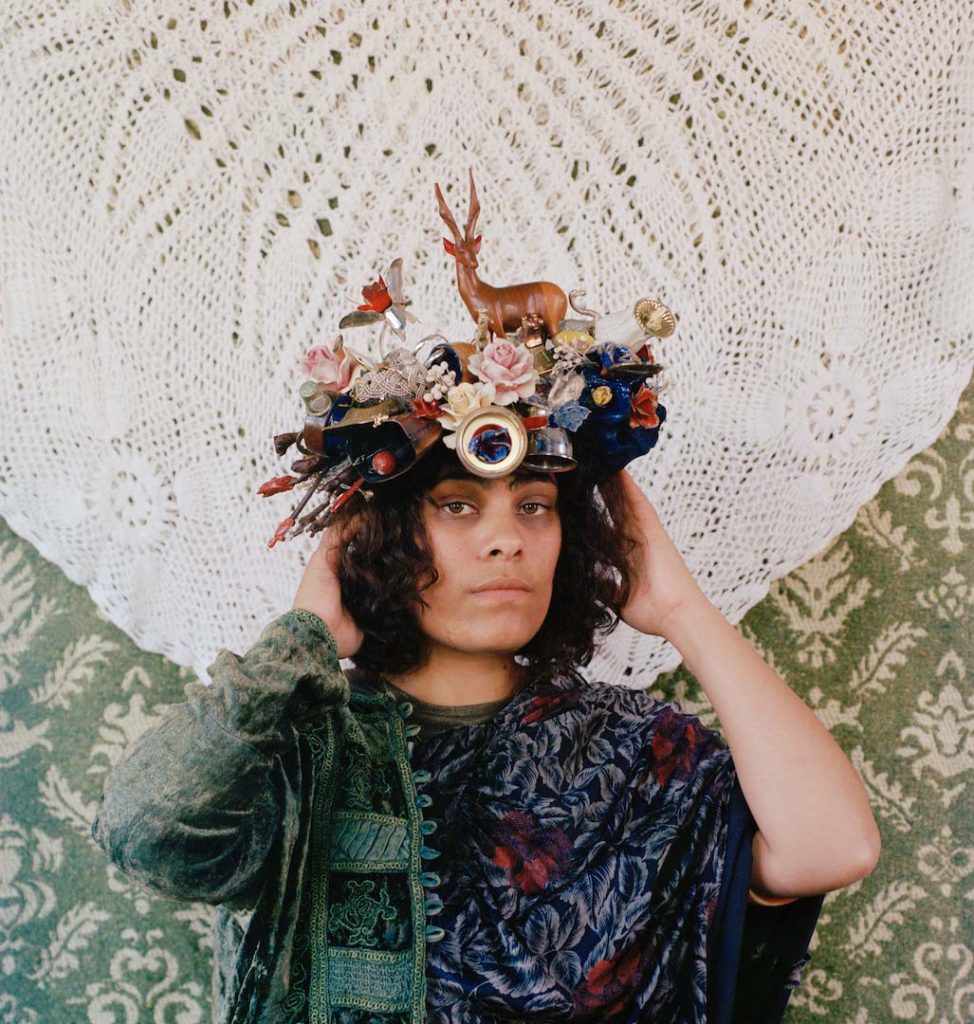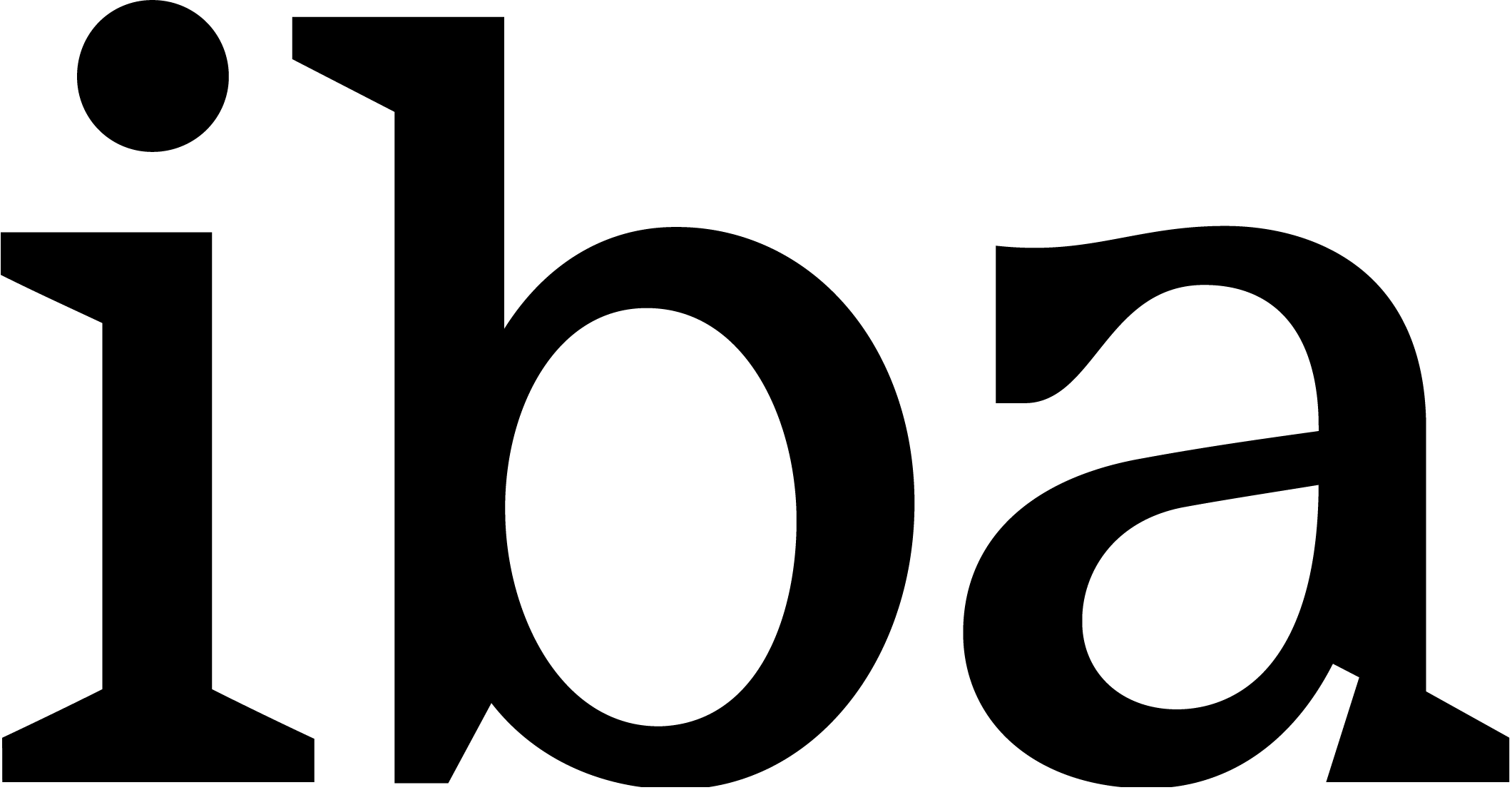Dak’Art 2022: Out of Fire
9 June 20225th Mardin Biennial: The Promise of Grass
9 June 2022
Stephané E. Conradie, kroon, 2017, Fotografie, Courtesy: Stephané E. Conradie, Photo: Strauss Louw
15th Small Sculpture Triennial Fellbach, The Vibration of Things
The Vibration of Things
The central theme of the exhibition is the Vibration of Things, are the resonances that arise when people come into contact with each other. More than 50 artists and their works from all over the world will come together in Fellbach. There will be numerous exclusively commissioned works newly created for Fellbach as well as existing, fundamental blocks of work elaborating the on the themes of the exhibition. From the beginning, the 15th Triennial was developed multiperspectively by Elke aus dem Moore in close collaboration with three artists: Dr. Memory Biwa (Windhoek), Antje Majewski (Berlin) and Gabriel Rossell Santillán (Mexico-City, Berlin).
As co-curators, they have developed their own contributions to the Triennial and invited artists to participate. The questions they raise are highly topical and range from investigations into the legality of property, the vibrations or soundings of the objects, to restitution, interconnectedness, and responsibility.
Memory Biwa invites five artists from Southern Africa: Elisia Nghidishange, Philisa Zibi, Thania Petersen, Vitjitua Ndjiharine, and Stephané Edith Conradie.
Biwa’s curatorial project is dedicated to the charge and the charging of objects, which can change and even disappear, especially against a background of the forced migration of objects, through war, robbery or other acts of violence. Why do museums exhibit these objects, with what intention? In February 2019, cultural objects looted by Germany during the colonial period were returned to the state of Namibia for the first time. This process of restitution has been a much discussed and highly political topic for several years. How do losses of objects affect people, entire communities? Can the charge of objects, their energy, be extinguished? Are there possibilities for reactivation? Are there reverberations between different times and places?
Gabriel Rossell Santillán’s project Flower beneath our feet is about connectedness. In cooperation with five artists, he creates resonances between different times and cultures around the Pacific. He invites us to a time when the Pacific was considered the center of the earth. The starting point of this journey is a tapestry that was made in the years 1585 -1590 in the north of India and through its many different artistic styles is a testimony to the transcultural and transspiritual understanding of its commissioner. Unfortunately, elements of this carpet are missing. Together with Lizza May David, Keiko Kimoto, Karen Michelsen-Castañón, Antonio Paucar, and Luis Ortiz, all artists* from the Pacific region (Japan, Philippines, Colombia, Peru, Mexico), Gabriel Rossell Santillán has dedicated himself to the elaboration of the missing parts of the carpet. The newly created pieces speak of colonialist relations of exploitation, of the destruction and desacralization of important spiritual places through industrial exploitation and privatization, but also of the displacement of indigenous knowledge. As this project points out, objects, including artistic objects, are always embedded in social contexts. What happens when objects leave their contexts, when they are brought into other contexts? What relationships can art make visible and what resonances are made possible by it?
In addition to the central exhibition venue, the Alte Kelter, part of the Triennale takes place in a piece of forest.
Antje Majewski’s project Sculpture Forest Sanctuary, which she developed together with Paweł Althamer, Agnieszka Brzeżańska, Alioune Diouf, Cecilia Edefalk, Gregor Prugger,
Paulina Kondraskov and Paweł Freisler, touches on the central question of the legitimacy of ownership of life. It offers a concrete proposal for a solution with performative power. In Sculpture Forest Sanctuary, Majewski explores the possibility, or impossibility, of owning such a multi- dimensional, multi-faceted multiplicity as a forest. As a counter-proposal to deforestation, she installs a group of sculptures in a forested area. Connected to the installation of the figures in the forest is an agreement that has legal consequences and spiritual significance: The forest may not be instrumentalized hereafter, neither used as a resource, nor even entered by humans.
Contemporary Witnesses
The exhibition of the 15th Triennial is characterized by an interconnectedness that runs through different geographical and temporal levels. The exhibition begins its narrative with artistic works by women artists who have already passed away and who are central to the development of the exhibition as a whole: Annette Wehrmann, Nijolė Šivickas and Irma Hünerfauth. The three positions from different decades deal in their own way with the fundamental questions of our coexistence.
Annette Wehrmann developed a strong singular, artistic position between sculpture and intervention, which ties art-historically to the methods of conceptual art and action art as well as to the language of the Situationist International, producing a relationship of tension with socio- political, epistemological and major artistic questions. From the very beginning, according to the website dedicated to her work, her practice has been messing with the world.
For the first time, the sculptures of the Lithuanian-Colombian artist, Nijolė Šivickas, who studied at the Academy of Fine Arts in Stuttgart and was a resident of Fellbach, will be shown. A selection of figurative, abstract, and installation works that speak about the Human Condition will be on view at the 15th Triennale Kleinplastik Fellbach as well as in a solo exhibition at the municipal gallery in Fellbach.
With her talking boxes, Irma Hünerfauth forcefully embodies the early critical voices of the Federal Republic of Germany. Her work is directed in a multi-layered way against problems that accompanied the establishment of capitalist modes of production in the 20th century, above all loneliness and environmental destruction.
Like Annette Wehrmann, Monira Al Qadiri is represented with works that, at first glance, open up a broad field of questions and associations and develop counter-narratives to contemporary economic inequalities and ecological grievances.
Al Qadiri’s works are modeled after the heads of oil drillers. The iridescent pearlescent surface of these machine parts refer to a slowly dying tradition that helped the Gulf States become wealthy, especially before oil was discovered in 1932: the trade in pearls. The artist’s grandfather was himself a pearl diver. This work is arduous, and requires great courage, because the divers have to search for the oysters under water for several minutes without equipment. Professional divers make up to 800 dives a day. Al Qadiri’s works in Fellbach research into the historical and cultural legacy of pearl diving in the Gulf region and the massive social and economic changes set in motion by its replacement by the petro-economy.
For the first time, the Triennale Kleinplastik Fellbach also takes place in digital space
Part of the 15th edition of the Triennale Kleinplastik Fellbach will take place in a digital exhibition space for the first time. Sculptural objects today are no longer created only through the physical processing of material, but also with the inclusion of algorithms, specific softwares, and let us rethink the concept of sculptural plasticity. Artists such as Nora Al-Badri, Mohsen Hazrati, Mary Maggic, Jan Nikolai Nelles, Thiare Ribeaux, Mitra Wakil & Fabian Hesse as well as the Kenyan artist Nkhensani Mkhari show their sculptures in both physical and virtual exhibition space.



